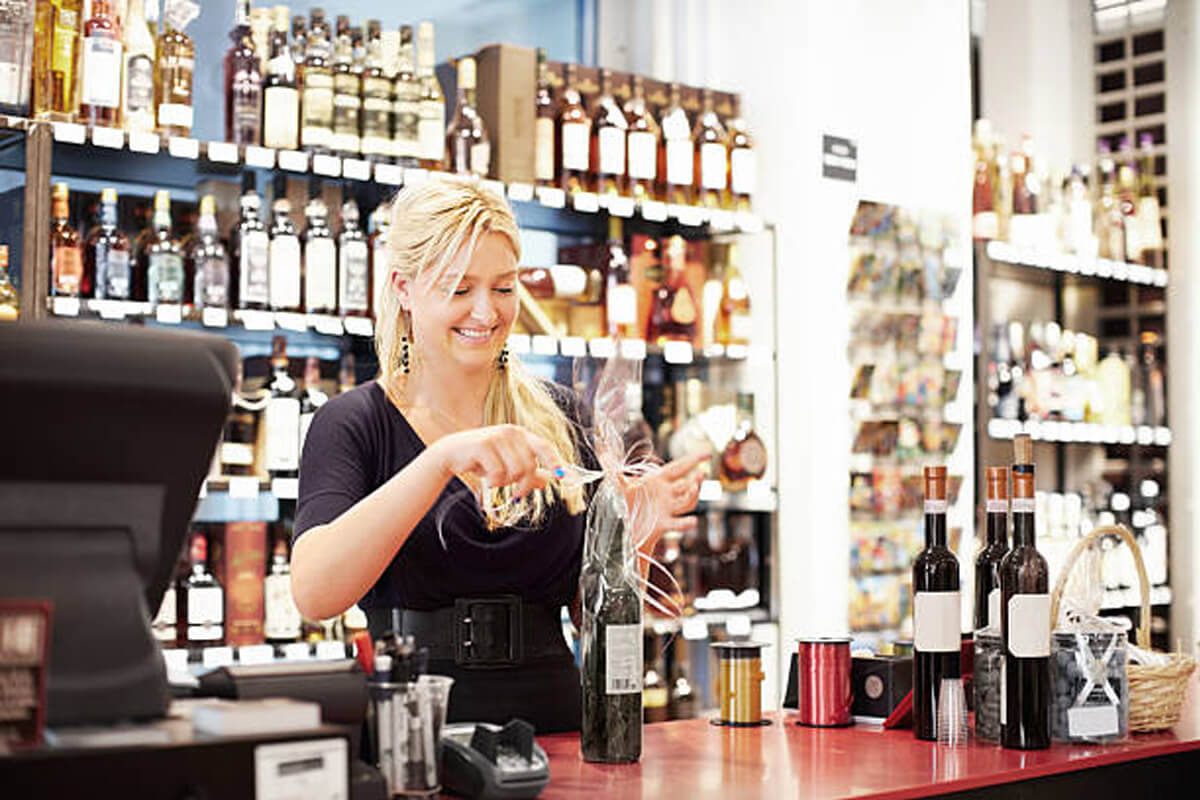If you’re thinking about opening a liquor store or looking for ways to optimize the profitability of your existing business, it’s important to understand the financial potential. In 2025, the revenue a liquor store can generate depends on several factors, from the store’s location and size to the operational efficiency of its processes, including how well its inventory management is handled.
In this post, we’ll explore how much liquor stores make, leveraging insights from industry experts, and discuss how Cheers POS can help maximize profits by improving operational efficiency. We’ll also break down key factors that influence a liquor store’s revenue, profit margins, and long-term success.
Liquor Store Profitability in 2025: What You Need to Know
According to the latest data, liquor store profitability can vary significantly depending on several factors such as location, store size, and management efficiency. On average, a liquor store owner can make a substantial income, but the exact figure is influenced by multiple dynamics.
Revenue Potential
Liquor stores can generate significant revenue, often ranging from $500,000 to $2 million annually. This depends heavily on the store’s location, the products offered, and the level of customer demand. A store located in a high-traffic area or near popular tourist destinations is likely to see higher sales than a store in a less central location.
For example, Toast POS reports that liquor store owners can earn a median revenue of around $1 million annually, but the figure can be higher or lower depending on market conditions and customer base.
-
Small liquor stores may see revenues in the lower range ($500,000 to $750,000 annually).
-
Larger liquor stores or chains may bring in upwards of $2 million per year, especially in areas with strong consumer demand.
These figures are reflective of liquor store earnings across the board, but profitability is not just about top-line revenue. Expenses like rent, employee wages, inventory costs, and marketing need to be carefully managed to ensure the business remains profitable.
Read more about liquor store earnings in this article from Toast POS.
Profit Margins for Liquor Stores: What You Can Expect
While revenue potential is a good indicator of a liquor store’s success, profit margins are the true measure of its financial health. The average profit margin for liquor stores typically falls between 10% and 30%, though it can be higher or lower based on how efficiently the business operates.
-
Wine and Spirits typically have a higher margin (between 15% and 30%) compared to beer (which can have lower margins, around 10% to 15%).
-
Some liquor stores may achieve even higher margins through premium products or exclusive brands that appeal to specific customer demographics.
Understanding the Costs
A liquor store’s expenses can take a large portion of its revenue. These include:
-
Cost of Goods Sold (COGS): The cost of inventory purchased for resale, which can represent up to 50-60% of revenue in many cases.
-
Rent and Overhead: Liquor stores in prime locations may pay higher rents but can offset this with increased foot traffic and higher sales.
-
Employee Costs: Labor is another major expense, including wages, training, and benefits.
Optimizing these costs can significantly improve profit margins. This is where systems like Cheers POS can help.
How Cheers POS Can Help Liquor Stores Increase Profitability
Efficient inventory management is key to improving profitability. Liquor store owners who leverage a Point-of-Sale (POS) system with integrated inventory management can optimize stock levels, reduce waste, and increase sales.
Here’s how Cheers POS helps liquor stores:
-
Real-time Inventory Tracking: With Cheers POS, liquor store owners can track inventory in real-time, ensuring they never run out of popular items and can avoid overstocking products that aren’t selling well. This means less waste and more cost-efficient operations.
-
Automated Reordering: Cheers POS can set minimum stock levels and automatically reorder popular products before they run out, saving time and preventing missed sales opportunities.
-
Detailed Reporting: Profitability isn’t just about revenue; it’s about managing costs. Cheers POS offers detailed reporting on sales trends, stock movements, and profitability by product, allowing liquor store owners to make data-driven decisions.
-
Compliance and Age Verification: For liquor stores, staying compliant with local laws is essential. Cheers POS provides age verification features and generates compliance reports to ensure you stay within legal boundaries, helping to avoid potential fines and penalties.
-
Multi-location Support: For liquor stores with multiple locations, Cheers POS allows you to manage inventory across all locations from a single platform, ensuring that stock is balanced and sales are maximized.
Explore Cheers POS to boost your liquor store’s profitability today.
Factors That Affect Liquor Store Earnings
-
Location: The location of your liquor store can play a significant role in how much revenue you generate. Liquor stores in busy areas with high foot traffic (e.g., near tourist attractions, events, or high-income neighborhoods) generally see higher sales volumes.
-
Customer Demographics: Understanding your customer base and tailoring your offerings can improve profitability. Offering premium or niche products like high-end spirits, craft beers, or rare wines can attract customers willing to spend more.
-
Product Selection: The right selection of products can differentiate your store from competitors. Stocking popular brands along with unique, in-demand items ensures you cater to diverse preferences and increase sales.
-
Marketing and Customer Engagement: Promotions, discounts, loyalty programs, and community engagement are key factors that can drive repeat business and word-of-mouth referrals.
-
Seasonality: Liquor sales can fluctuate based on seasons, holidays, and events. A smart liquor store owner plans inventory and marketing strategies around these trends, ensuring they’re always prepared for peak seasons (e.g., holidays, summer parties, etc.).
How to Maximize Liquor Store Earnings in 2025
Maximizing profitability isn’t just about generating high revenue; it’s about optimizing operations, controlling costs, and offering the right products. Here are a few ways liquor stores can maximize earnings:
-
Use technology to streamline operations and reduce overhead. Automated inventory tracking and POS integration can save time, reduce human error, and free up resources for more strategic tasks.
-
Diversify your product range: Stock a variety of products to cater to different customer needs — from budget-friendly options to high-end premium spirits and wines.
-
Focus on customer experience: Offering exceptional service, loyalty rewards, and promotions can help build a loyal customer base that returns for regular purchases.
Conclusion: How Much Can a Liquor Store Make in 2025?
The profitability of a liquor store in 2025 can vary greatly depending on several factors, but the potential for high revenue and strong profit margins is clear. On average, liquor store owners can expect to make anywhere from $500,000 to $2 million in annual revenue, with profit margins ranging from 10% to 30%.
To maximize profitability, liquor store owners should focus on improving inventory management, leveraging technology, and staying compliant with industry regulations. Cheers POS provides the tools to help liquor stores manage inventory efficiently, reduce costs, and drive revenue.
For more insights into liquor store profitability and to learn how Cheers POS can help your business thrive, check out this guide on liquor store earnings.




